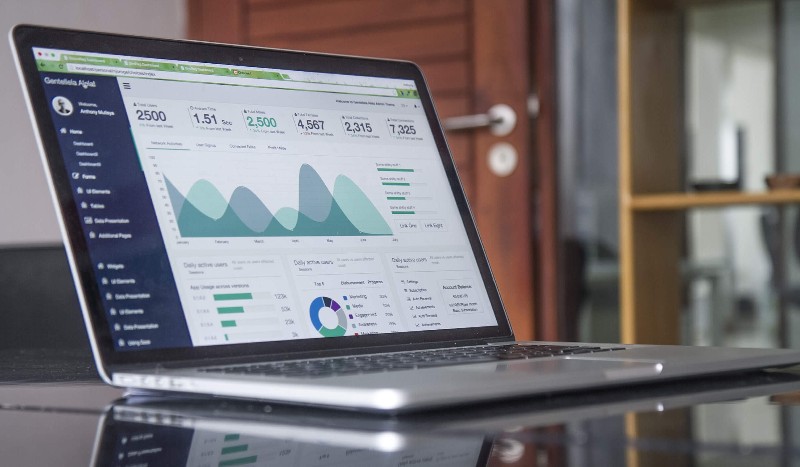A Key Performance Indicator (KPI) is a measurable value that evaluates how effectively a specific goal is being achieved. It also helps determine the efficiency and speed of reaching desired outcomes.
In today's digital world, organizations rely heavily on KPIs as part of their growth strategies. The right KPIs depend on your industry, business goals, and the timeframe you’re working within—whether it’s the next 3, 6, or 12 months.
Each department in a company should use distinct KPIs to measure progress against specific business objectives. Once KPIs are established and implemented, real-time tracking is essential to monitor changes and make data-driven decisions. A dashboard provides a centralized view of all performance data, making it easier to adjust strategies as needed.

Why Are KPIs Important?
Without clear KPIs, businesses lack direction and clarity. In online marketing, KPIs are typically divided into two categories:
Micro Conversions – Indicate small but meaningful user actions, such as:
- Clicks, Impressions, Engagement
- Adding a product to the cart
- Subscribing to a newsletter
- Creating an account.
- Macro Conversions – Represent larger business objectives, such as:
- Online purchases
- Lead form submissions
- High-value user actions (e.g., adding a product to a wishlist).
Key Online Campaign Performance Metrics
For Advertising Campaigns:
- Reach - is defined as the total number of users to whom the content of the online campaign was displayed, i.e. the actual number of people to whom the ad was displayed.
- Frequency - is defined as the number of impressions directed to a single user.
- Cost Per (X), % - is defined separately, for a certain final KPI, depending on the objective. For example, for app installs: Cost per Install, For Google Search: Cost per Click, For Video Campaigns: Cost per View.
- Customer Lifetime Value (CLV) - is defined as the amount of an average order that took place on a website or in an application.
CLV =Average value of a sale * number of transactions * loyalty period
- ROI – return on investment – the percentage of the investment that returns to the person making that investment. It is calculated as the volume of revenue generated for each dollar invested in the campaign.
For user experience on the website:
- Average time spent on site - The average time spent by all users on a single page. To calculate it, Google Analytics adds the duration of each session over the specified period and divides it by the total number of sessions.
- Returning Website Visitors - Indicates the engagement rate as visitors return.
- Traffic Channels - Shows how people find your website/landing page.
- Total number of visits. The number of unique browsing sessions by the number of individual visitors to the site.
- Total number of unique visitors. Number of people who visited the website/landing page.
- Click-through rate (CTR). The percentage of people who clicked on a CTA button or link.
- ROI - return on investment - is the percentage of the investment that returns to the person making that investment. It is calculated as the volume of revenue generated for each dollar invested in the campaign.
Where do we get the data for KPI analysis?
- We use historical data from Google Analytics (demographic statistics about website visitors, which can be further segmented/grouped based on different criteria: devices, city, traffic source, campaign, website behavior), Google Search Console, Real user data from Facebook, Facebook Custom Audience (audience based on a certain type of interaction with the brand: page like, message, website visitor).
- The latest and current estimates - here you can compare yourself to your competitors, using tools that estimate the results of their campaigns, such as:
Similarweb - data about traffic sources, global and local ranking of the site, traffic volume, positioning, and keywords for SEO.
SEMRush - positions in search engines, and how much traffic they get from these positions.
Tracking key performance indicators helps you know both successes and challenges in your business to make the best decisions for your business, day in and day out.

What performance indicators do you track in your online business?
